Introduction to Antennas
What is an Antenna?
An antenna is used to radiate electromagnetic energy efficiently and in desired directions. Antennas act as matching systems between sources of electromagnetic energy and space. The goal in using antennas is to optimize this matching. Here is a list of some of the properties of antennas:1-Field intensity for various directions (antenna pattern).
2-Total power radiated when the antenna is excited by a current or voltage of known intensity.
3-Radiation efficiency which is the ratio of power radiated to the total power.
4-The input impedance of the antenna for maximum power transfer (matching).
5-The bandwidth of the antenna or range of frequencies over which the above properties are nearly constant.
All antennas may be used to receive or radiate energy.
Different Types of Antennas
1-Dipole Antennas
The dipole is one of the most common antennas. It consists of a straight conductor excited by a voltage from a transmission line or a waveguide. Dipoles are easy to make.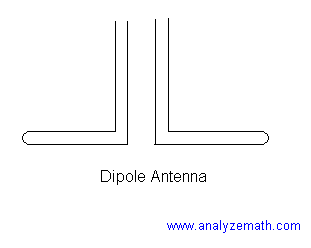
2-Loop Antennas
A loop of wire, with many turns, is used to radiate or receive electromagnetic energy.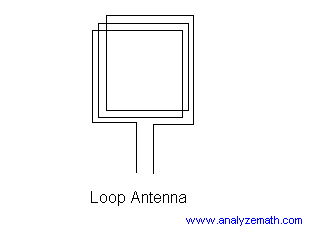
3-Aperture Antennas
A horn as shown in the figure below is an example of an aperture antenna. These types of antennas are used in aircraft and spacecraft.
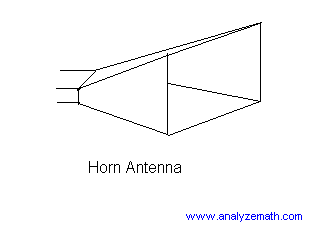
4-Reflector Antennas
The parabolic reflector is a good example of reflectors at microwave frequencies. In the past, parabolic reflectors were used mainly in space applications but today they are very popular and are used by almost everyone who wishes to receive the large number of television channels transmitted all over the globe.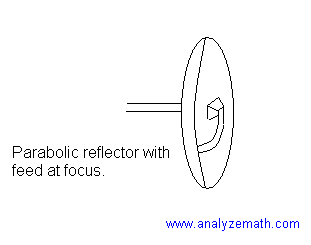
5-Array Antennas
A grouping of similar or different antennas form an array antenna. The control of phase shift from element to element is used to scan electronically the direction of radiation.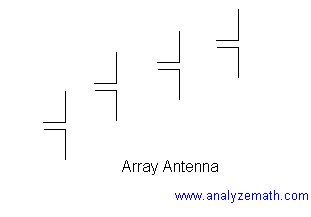
More on antennas antennas and parabolic reflectors .



